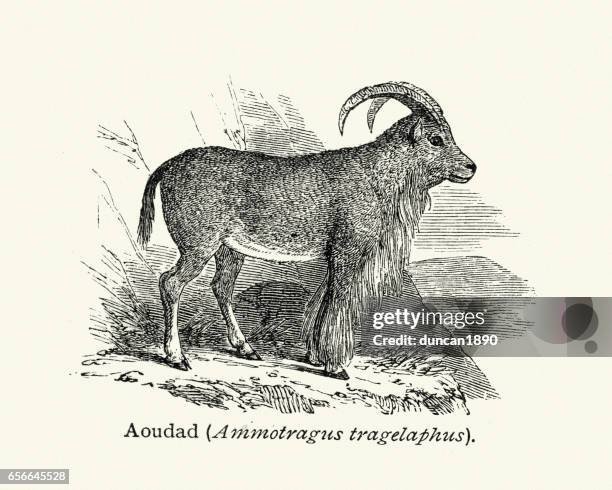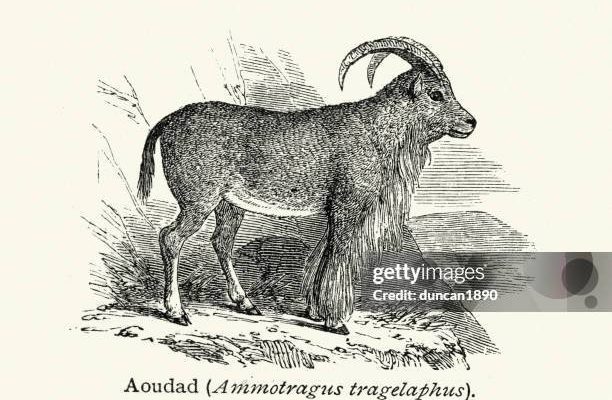
Imagine a world where massive glaciers moved across the land or where ancient seas carved out valleys. The argali’s history is intertwined with these dramatic shifts in the environment. As we explore this journey, we’ll uncover the unique adaptations that have allowed this species to thrive in some of the harshest terrains on Earth. So, grab your favorite cup of coffee, and let’s delve into the rich tapestry that is the evolutionary history of the argali.
What Are Argali?
Argali, scientifically known as *Ovis ammon*, are one of the largest species of wild sheep. Think of them as the rugged mountain goats of the sheep family, equipped with impressive spiral horns and thick coats that keep them warm in chilly climates. These fascinating animals primarily inhabit the mountainous regions of Central Asia, including places like Mongolia, Tibet, and the Tien Shan mountains.
You might be wondering why they are so unique. Well, argali are not just visually striking; they’re also incredibly adaptable. They navigate steep, rocky terrains with ease, which allows them to evade predators and find food in the sparse vegetation of their high-altitude homes. Their size can vary, but adult argali can weigh between 200 to 300 pounds and stand up to three feet tall at the shoulder. Their impressive horns, especially in males, can measure over four feet long!
The Origins of Argali
The story of the argali begins millions of years ago. These wild sheep are believed to have diverged from their ancestors around 2.5 million years ago during the Pleistocene epoch, a time when the climate fluctuated wildly and shaped the planet’s ecosystems. It’s a bit like a long, winding river that carves its own path through the landscape, creating unique niches for different species.
As the climate changed, some populations of sheep adapted to the high-altitude environments while others ventured into lower, more temperate areas. This led to variations in size, coat, and behavior among the various populations of argali. They evolved traits that helped them survive in their specific habitats. For example, their thick woolly coats are perfect for withstanding freezing temperatures, while their agile legs help them leap across rocky ledges.
You might think of argali as the ultimate survivors, adapting through eons of environmental shifts, navigating the challenges of their habitats with grace and agility. They offer a glimpse into how species can evolve and adapt through time, becoming perfectly suited to their surroundings.
Physical Adaptations
When we think about what makes argali special, their physical adaptations are at the forefront. These animals have developed several features that allow them to thrive in challenging environments. The most notable are their massive horns, particularly in males, which serve a dual purpose: attracting mates and defending against predators.
These horns can weigh up to 30 pounds and provide both status and protection. In the world of argali, bigger horns equate to better chances of mating success. It’s sort of like high school all over again—those who stand out often get noticed. Furthermore, their legs are long and strong, enabling them to navigate steep cliffs with agility. This not only helps them escape predators but also allows them to reach sparse vegetation that other grazers can’t access.
Their coat also deserves a mention. It’s thick and woolly, insulating them from frigid temperatures in their habitat. This adaptation is essential, especially during harsh winters, allowing them to conserve body heat. You could say Argali are nature’s way of blending beauty with functionality, showcasing how evolution creates practical solutions in response to environmental challenges.
Behavioral Adaptations
Behaviorally, argali are equally fascinating. They are social animals that typically live in small herds, which can vary in size. This social structure is a survival tactic, providing safety in numbers. When roaming the rugged terrains, they communicate through a variety of vocalizations and body language, contributing to a rich social life among the herd.
One interesting behavioral trait is their seasonal migrations. As winter approaches, argali will move to lower elevations where food is more accessible. Think of it as their version of moving south for the winter! During the warmer months, they migrate back up into the higher altitudes where they can graze on fresh grasses. This nomadic lifestyle is crucial for their survival, allowing them to adapt to seasonal changes in food availability.
Argali also exhibit strong maternal instincts. Ewes (female sheep) usually give birth to a single lamb, which they fiercely protect against predators. The bond between mother and lamb is vital, as it ensures the survival of the next generation. Watching these interactions can be a heartwarming reminder of the complexities of wildlife relationships and the importance of nurturing in the animal kingdom.
Threats and Conservation
Despite their impressive adaptations, argali face significant threats in the modern world. Habitat loss due to climate change and human encroachment is a serious concern. As more land is developed and used for agriculture or urbanization, argali lose their natural habitats, which affects their grazing areas and migration routes.
Poaching is another major threat to their survival. Argali are often hunted for their horns and meat, leading to declining populations. Conservation efforts are crucial to ensuring these magnificent creatures don’t disappear. Various organizations and governments are working together to create protected areas where argali can roam freely and safely.
Here’s the thing: every loss of life in a species like the argali can ripple through the ecosystem, affecting other animals and plants. So, supporting conservation efforts not only helps the argali but also maintains the balance of nature in these regions. It’s a collective responsibility that underlines the interconnectedness of life on Earth.
The Role of Argali in Ecosystems
Argali play a vital role in their ecosystems, acting as grazers that help maintain the balance of plant life in their mountainous habitats. By grazing on grasses, they promote new growth and prevent certain plants from overtaking the landscape. This helps maintain a diverse ecosystem, allowing various species to thrive alongside them.
You might think of argali as nature’s gardeners. By keeping the vegetation in check, they provide a healthy environment for other wildlife, helping to sustain the delicate balance of their high-altitude homes. This balance is critical, especially in areas where other herbivores might struggle to survive due to harsh environmental conditions.
Also, argali are a food source for several predators, including wolves and mountain lions. Their presence supports these predator species, showcasing the intricate web of life that exists in these ecosystems. When we consider the role of the argali, it’s clear that every species plays a part in the greater story of life on Earth.
The evolutionary history of the argali is a captivating blend of resilience, adaptation, and survival. From their beginnings millions of years ago to their present-day struggles with habitat loss and poaching, these animals embody the narrative of nature’s ever-changing landscape. They remind us of the importance of biodiversity and the interconnectedness of all species.
As we move forward, it’s essential to bolster conservation efforts and ensure that future generations can witness the beauty of the argali in the wild. By understanding their history and the challenges they face, we can contribute to the preservation of these remarkable creatures and their habitats. So the next time you think about argali, remember the rich story behind them—a tale of survival against the odds in the face of a rapidly changing world.

